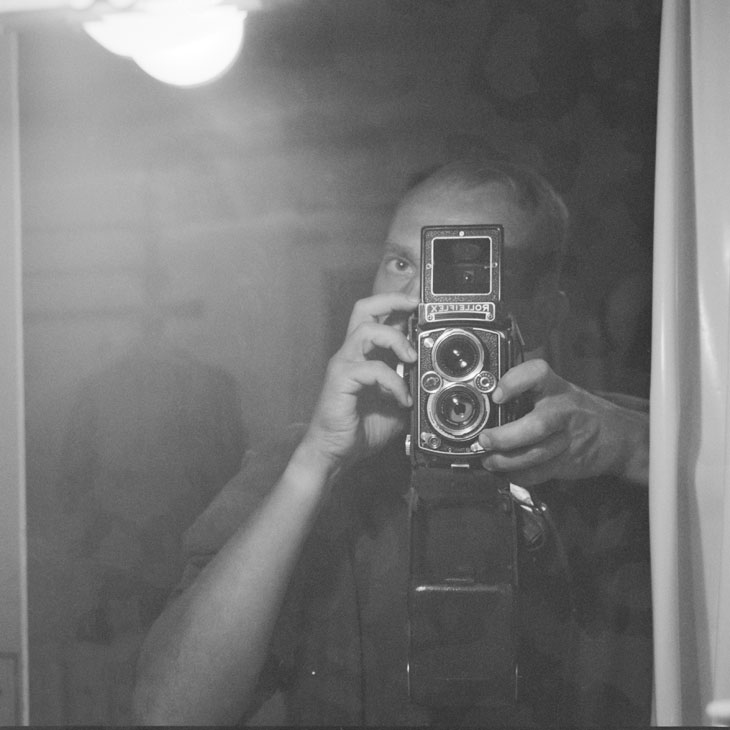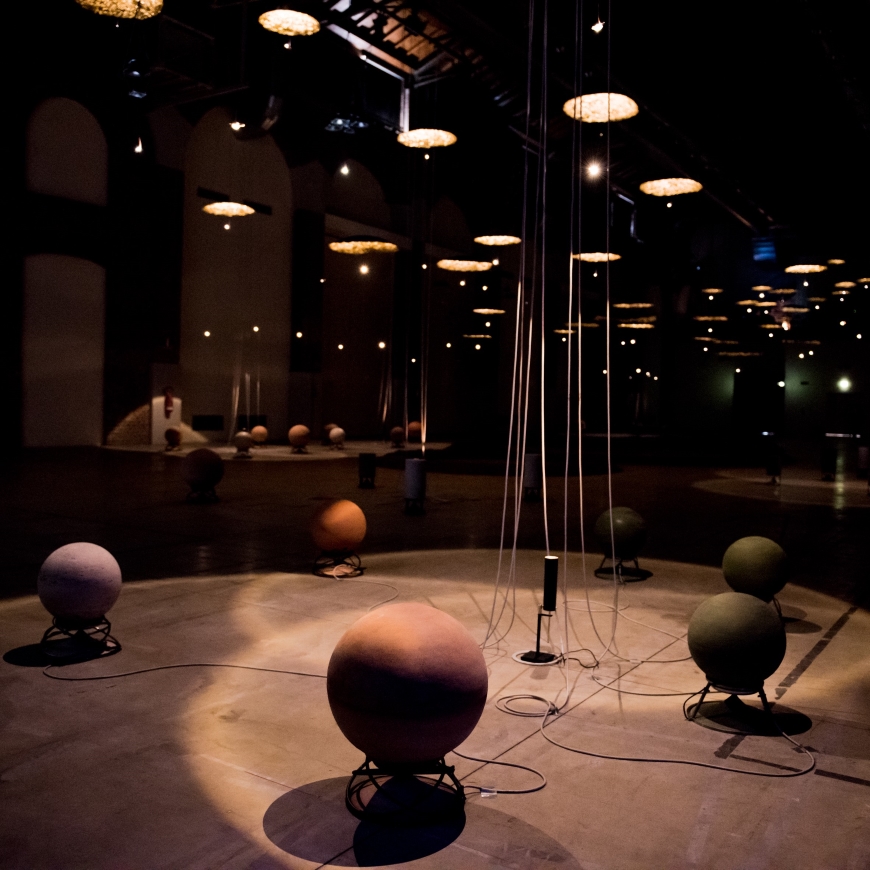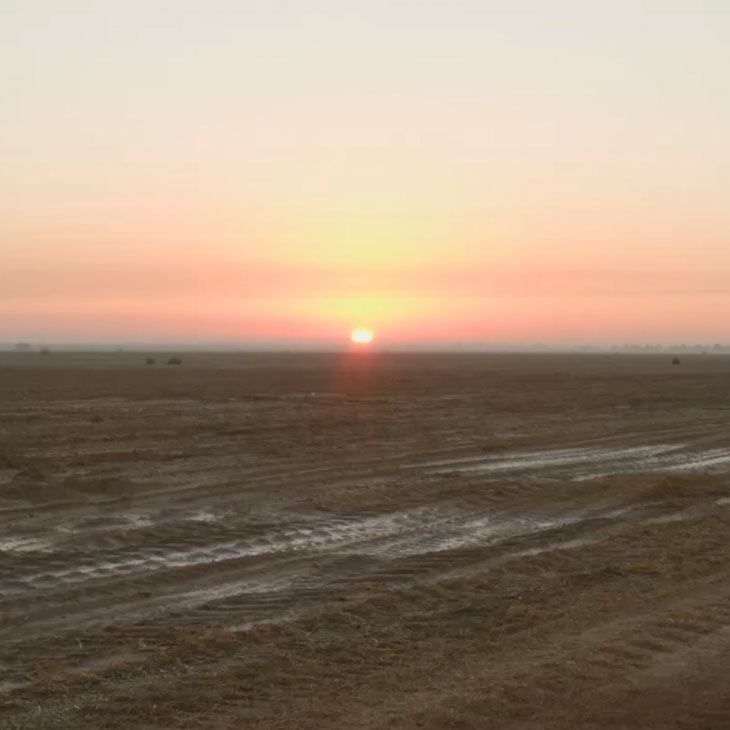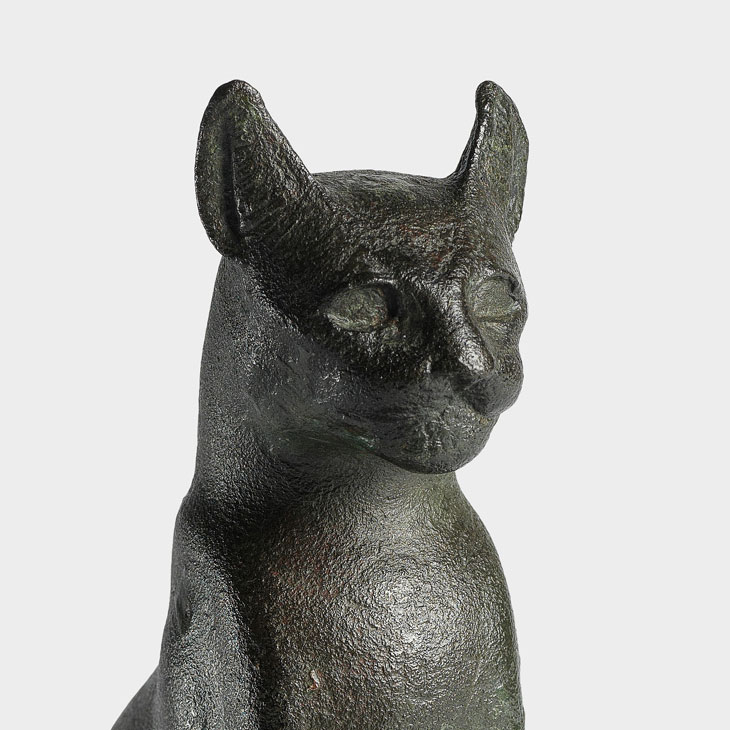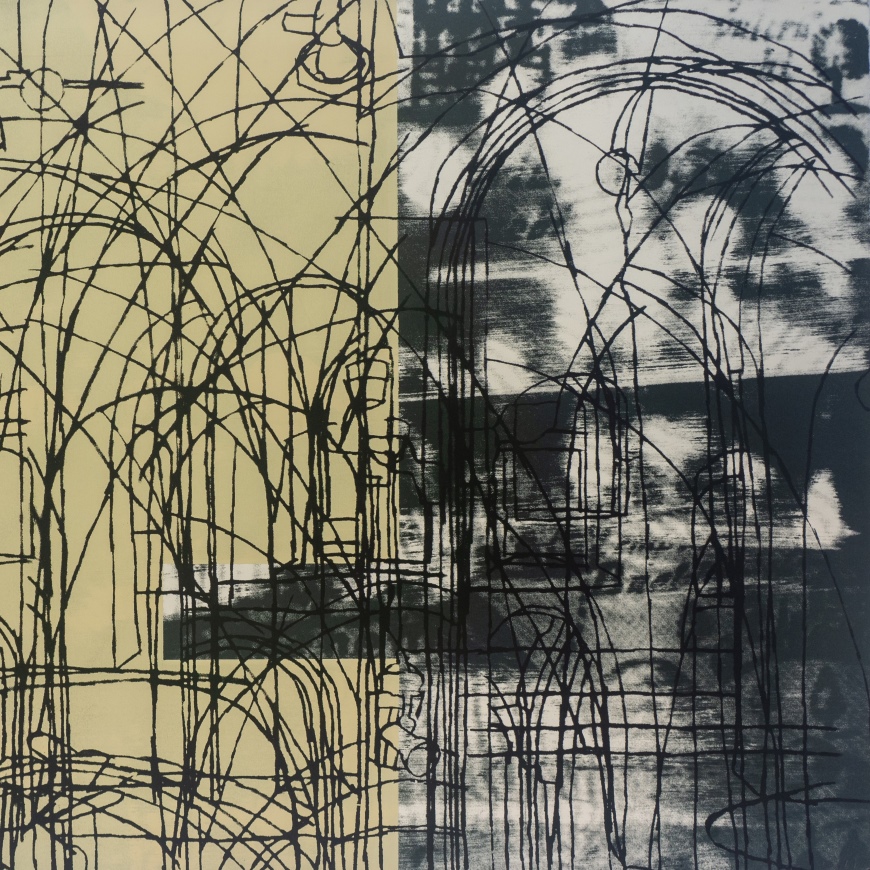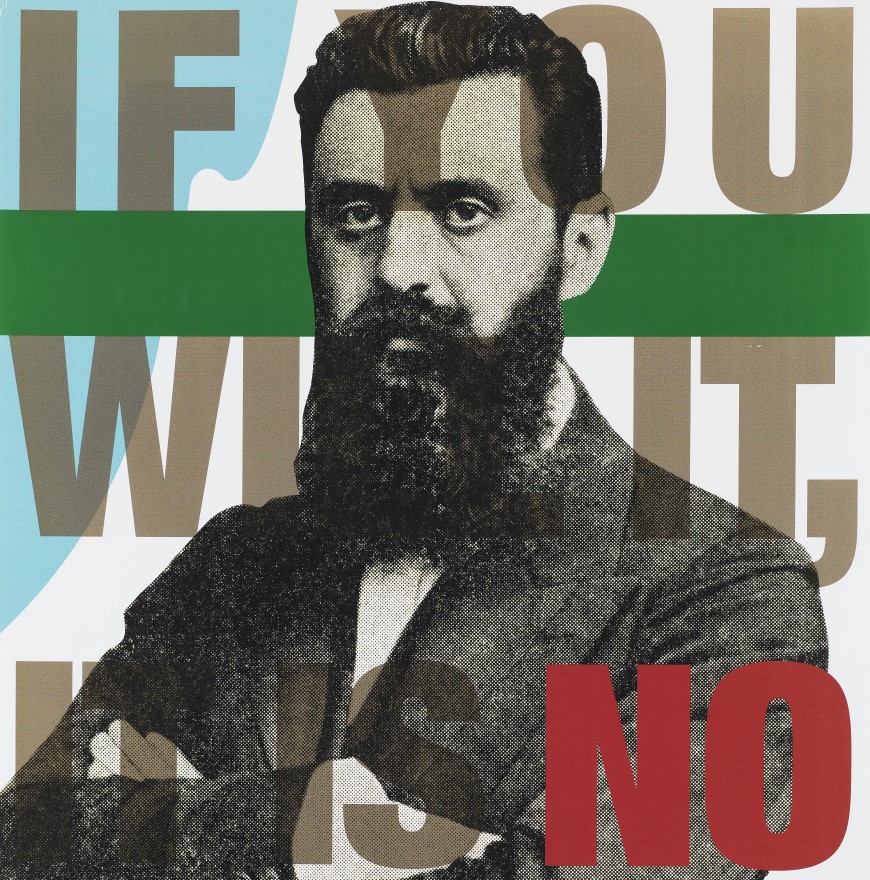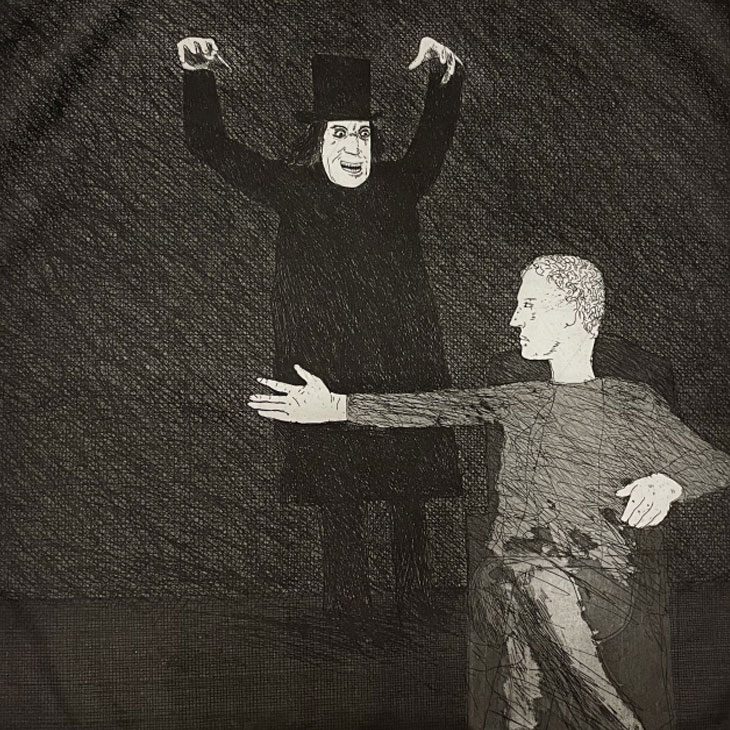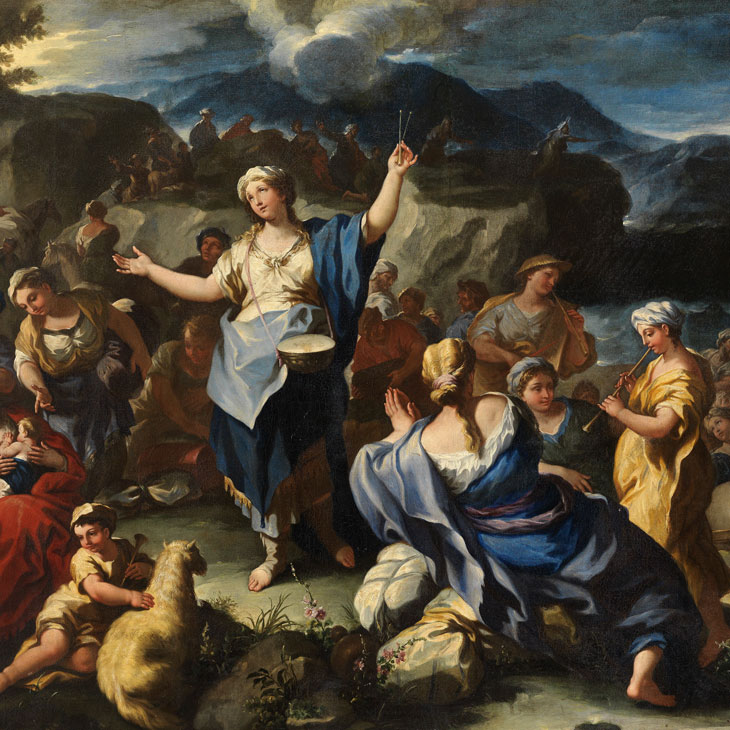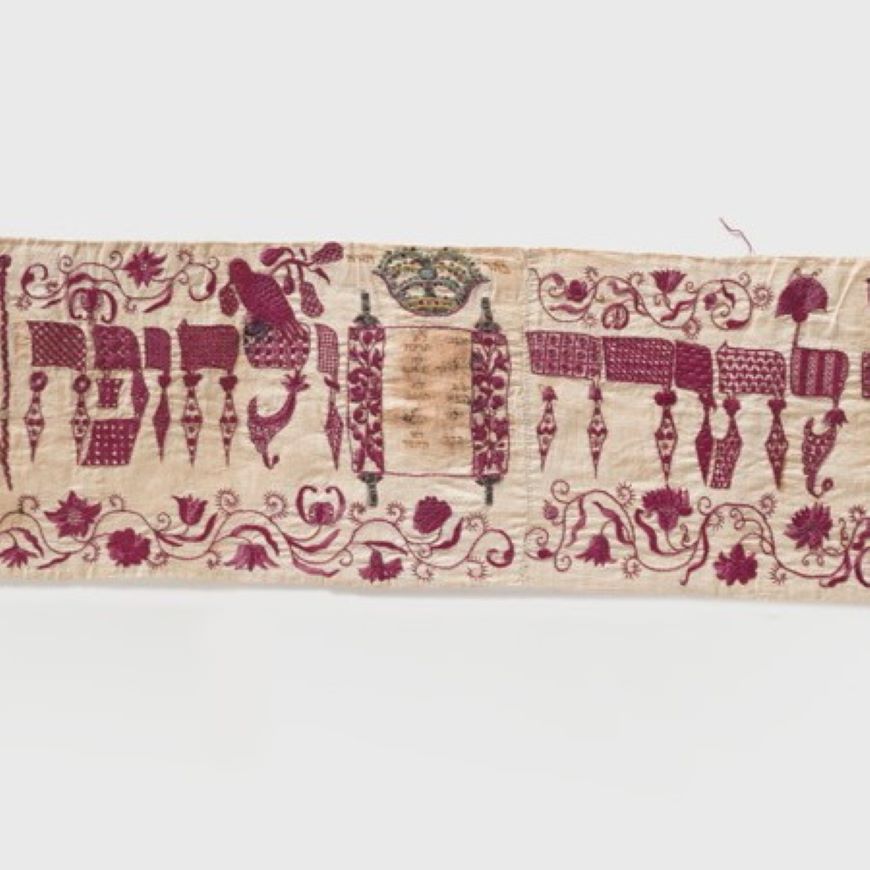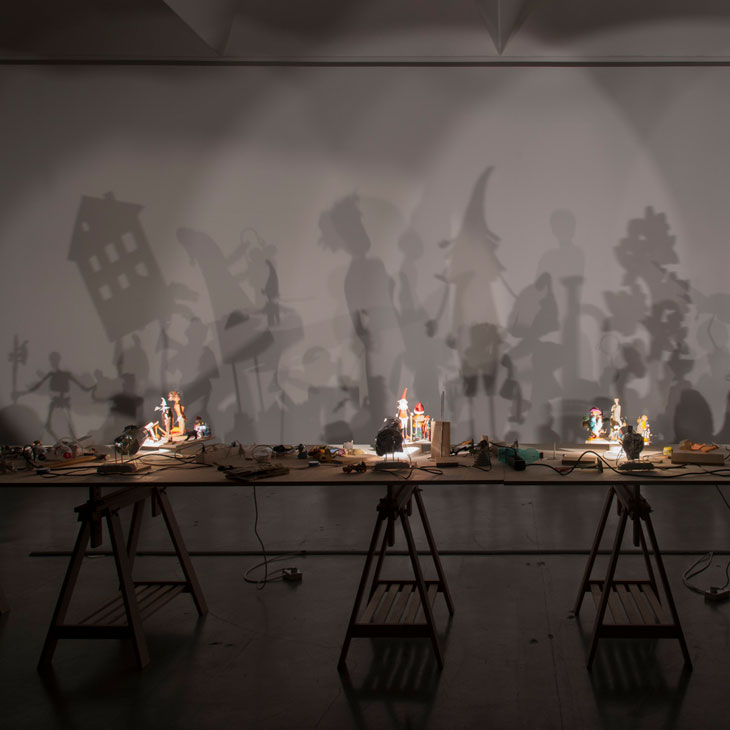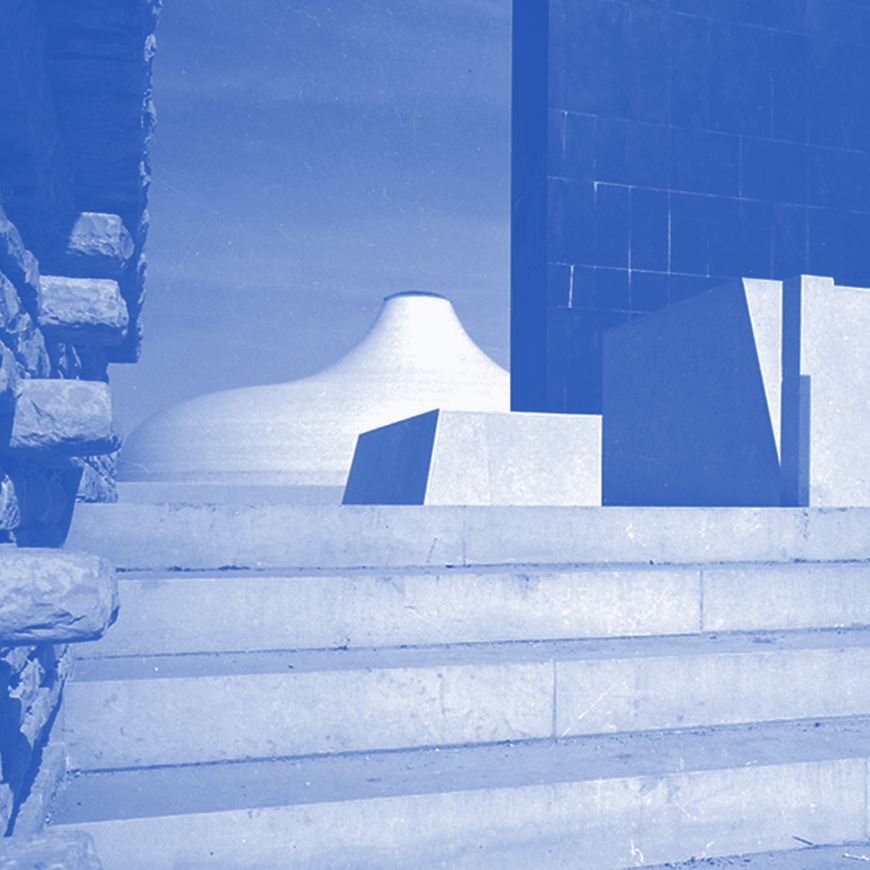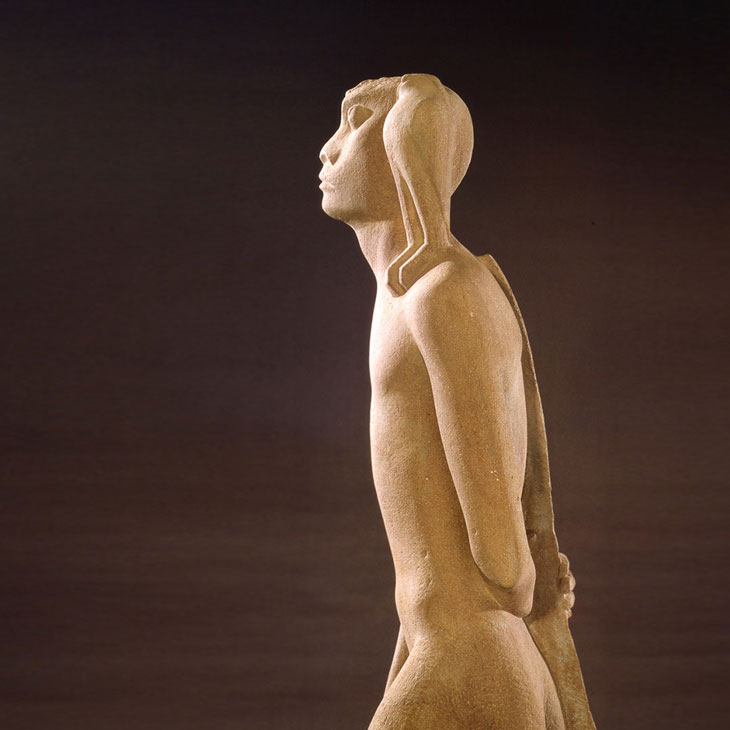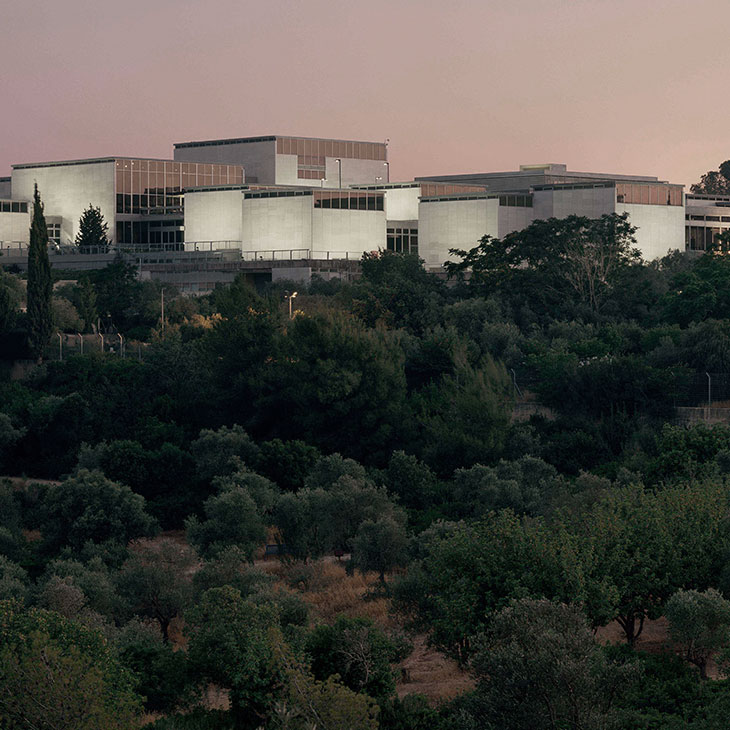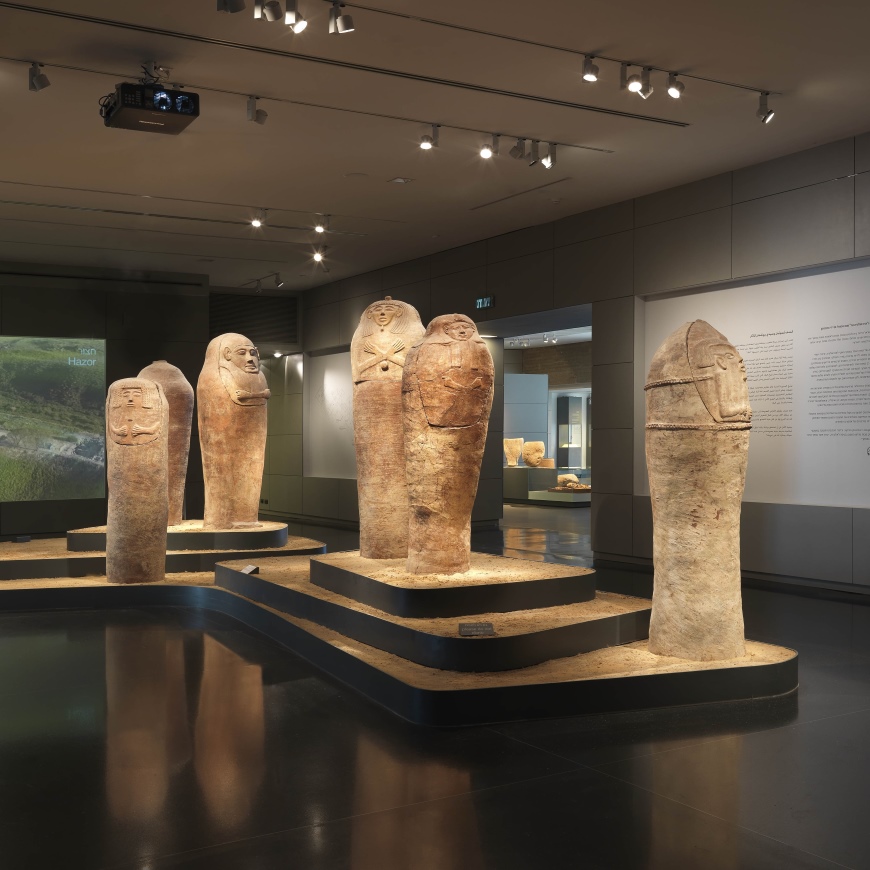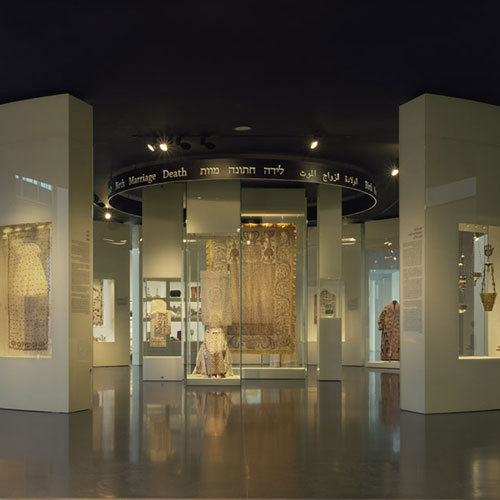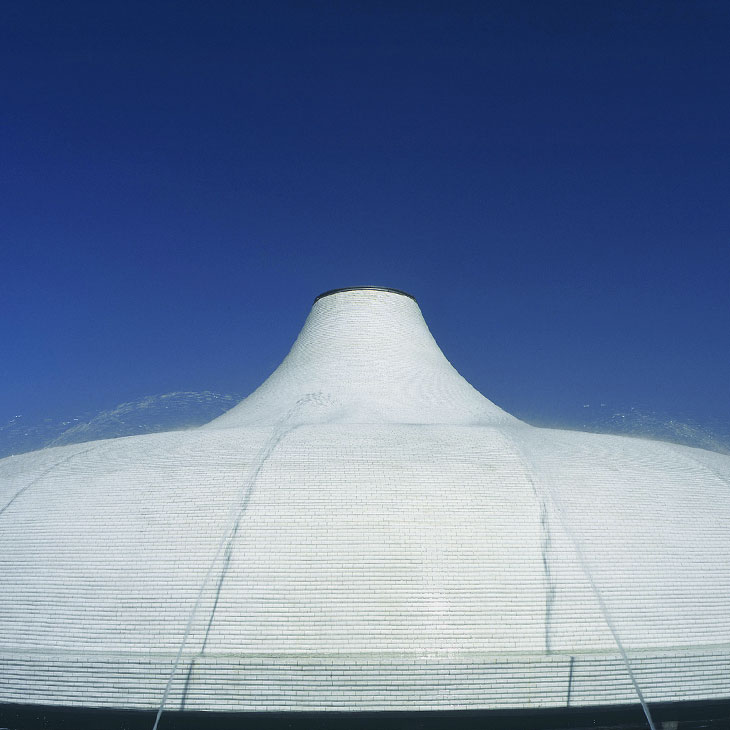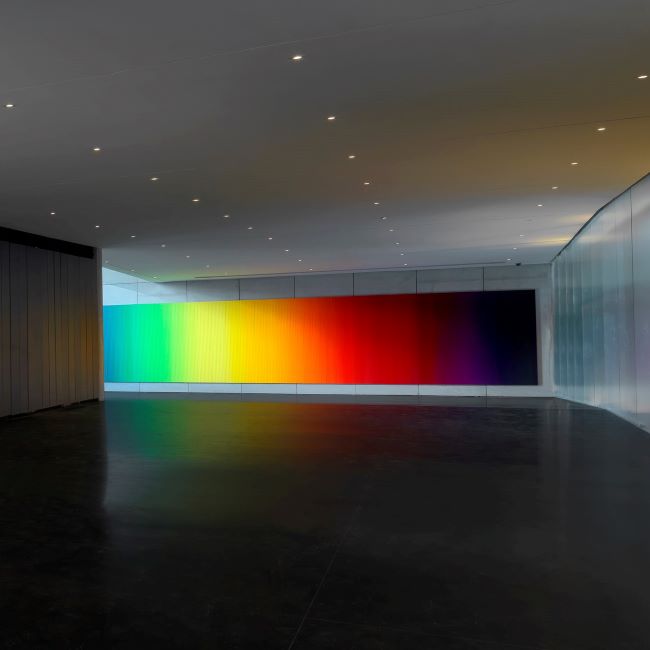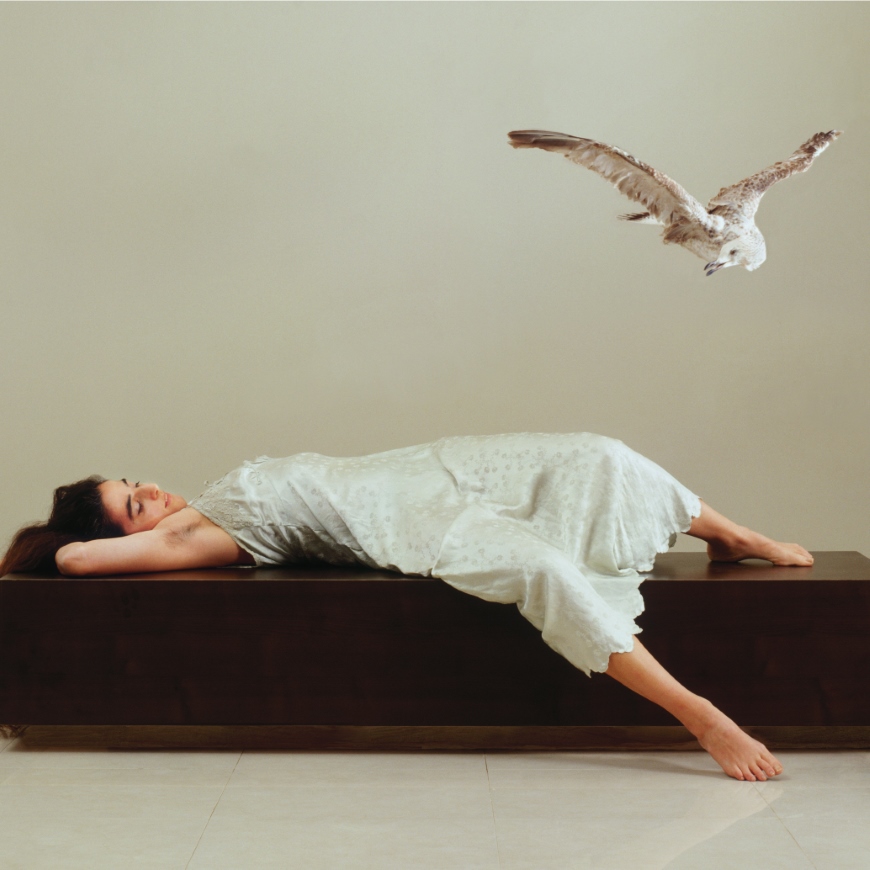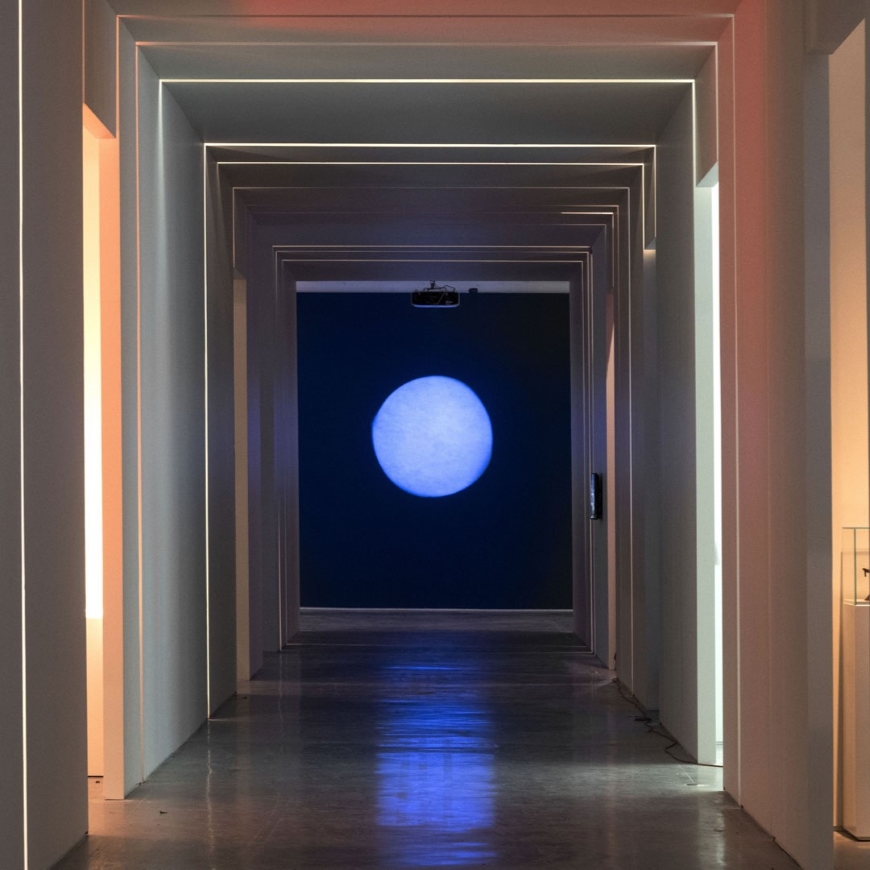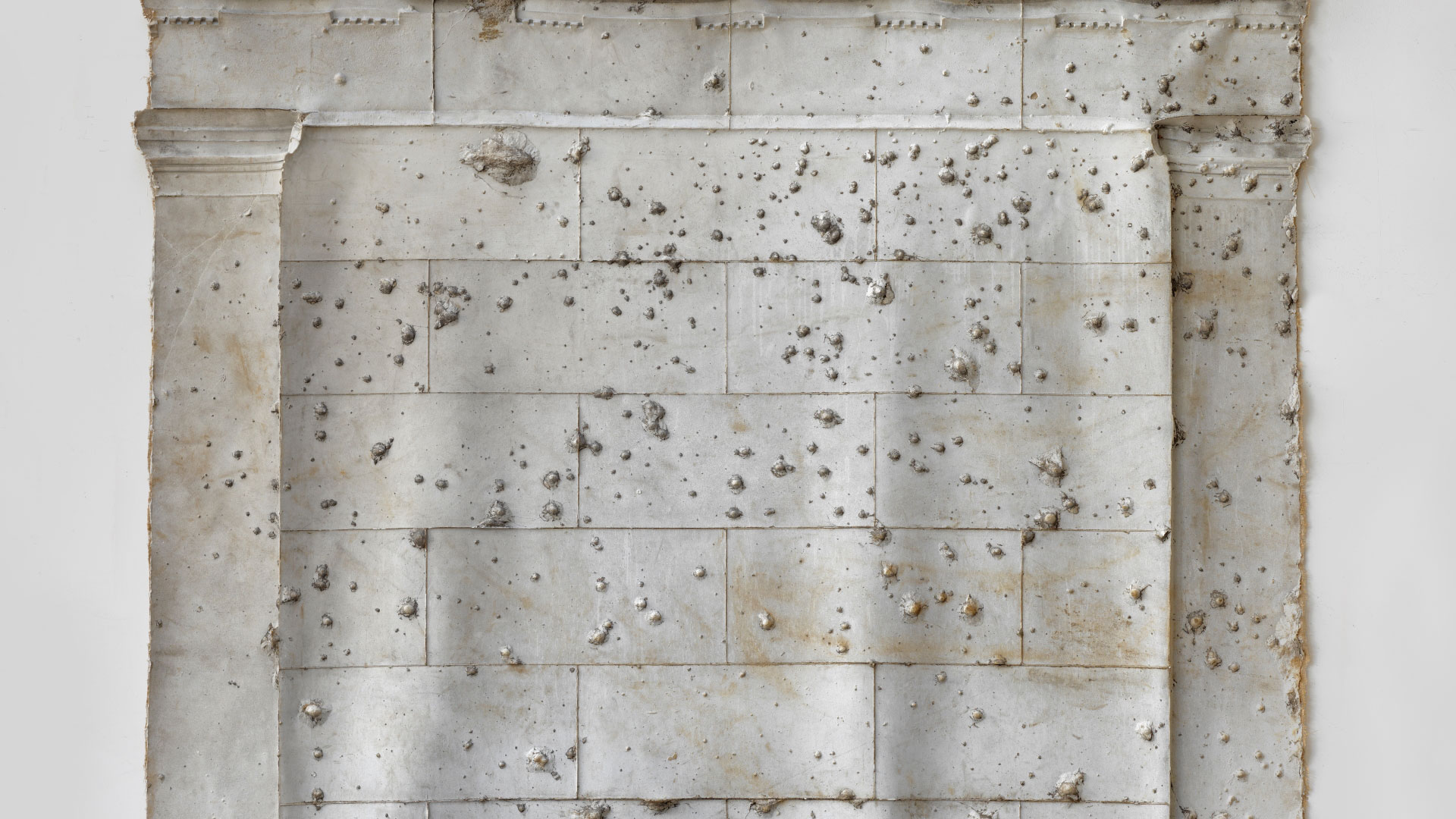
How Long Is Now?
New in Contemporary Art
-
September 4 2021 - July 9 2022
Curator: Orly Rabi
Concept and consulting curator: Mira LapidotDesigner: Michal Aldor
-
Nathan Cummings Building for Modern and Contemporary Art
The phantoms of the past – near or far, acknowledged or suppressed – hover over the contemporary artworks shown here, which have recently enriched the Museum’s collection. Set in a wide variety of political contexts and geographical locations, they reveal how history appears to seep through the cracks of the present, returning to haunt it and refusing to let go. By focusing our gaze on the here and now, the artists in the exhibition invite us to confront events from the past that still reverberate today. Some search for bygone times, uncovering layers of memory, while others attempt to capture and preserve that which is about to fade away.
Many of the works on view reflect the sense that the 20th century is relentlessly gnawing at the present. The harrowing events that took place in it have remained indelibly etched on our body and in our surroundings – stubborn wounds that may scab but will not heal. Material and human vestiges of the past – buildings and ruins, landscapes and victims – continue to remind us of the tragic history that left its imprint on them. Like secondary witnesses, the artists seek to retell the narrative of the struggle for control over human beings and territory and its devastating legacy of pain, loss, and exile.
The historical and the quotidian merge in some of the other works, which embody a kind of “archaeology of the present.” Here, the artists search for contemporary “finds” and endow them with the appearance of ancient relics. Odds and ends that people have left behind, forgotten or discarded objects, and handmade items are transformed into traces of extinct cultures. The artworks explore human society by examining its material components, uncovering the multilayered nature of time and making us wonder – what will remain of our existence and our environment and what will pass into oblivion?
Artists: Yuji Agematsu, Claudia Andujar, Dana Arieli, Yael Bartana, Christian Boltanski, Vlassis Caniaris, Endri Dani, Tacita Dean, Petros Efstathiadis, Claudia Fontes, Simon Fujiwara, Cyprien Gaillard, Moshe Gershuni, Yehoshua (Shuka) Glotman, Asta Gröting, Dor Guez, Petrit Halilaj, Lyle Ashton Harris, Thomas Hirschhorn, Miki Kratsman, Mernet Larsen, Ella Littwitz, Zoë Paul, Sebastian Riemer, Julian Rosefeldt and Piero Steinle, Michal Rovner, Doris Salcedo, Assaf Shoshan, Eli Singalovski, Alina Szapocznikow, Paloma Varga Weisz, Sharon Ya’ari
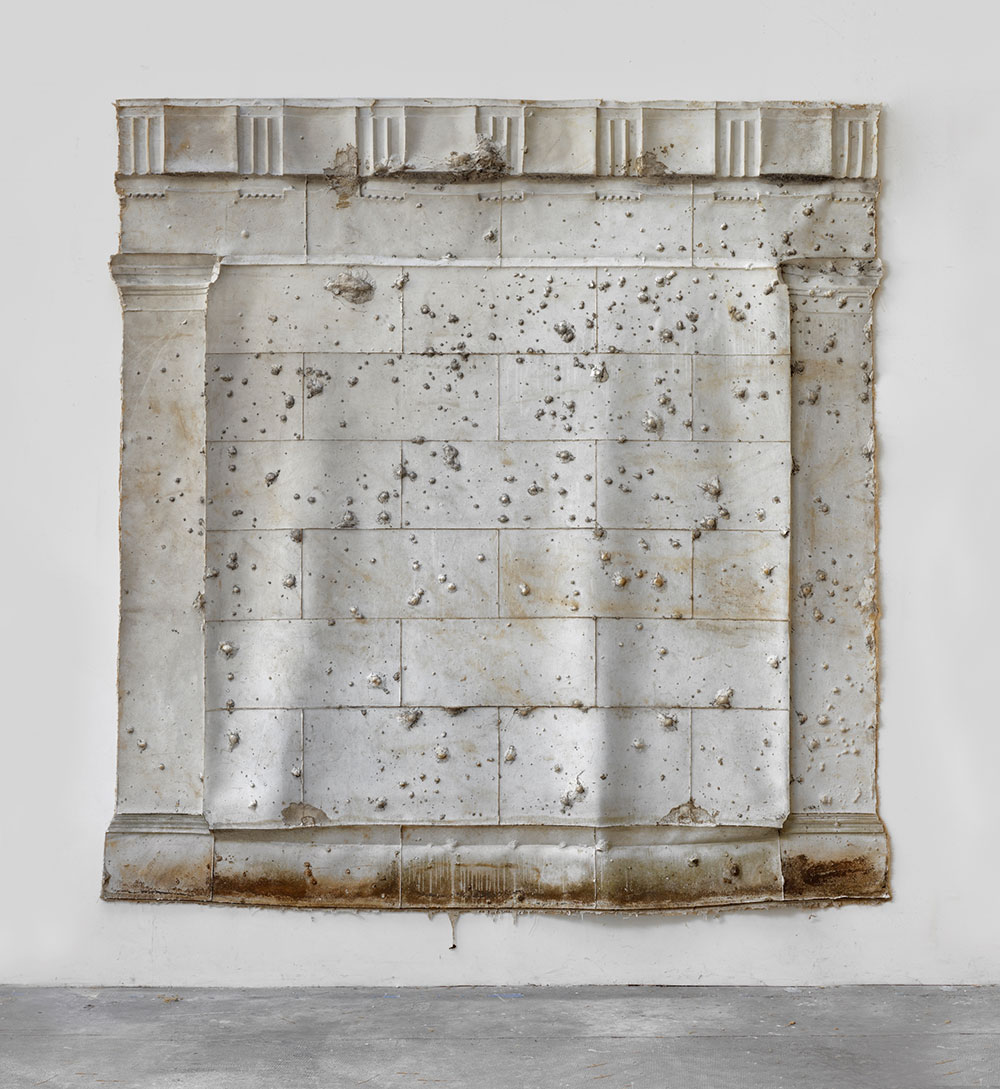
Asta Gröting, born Germany 1961, Mausoleum, from the “Berlin Facades” series, 2016, Silicon, jute, 373 x 373 x 10 cm, Purchase, Contemporary Art Acquisitions Committee of American Friends of the Israel Museum, New York, B19.0761
© VG Bild-Kunst, Bonn 2021. Photo courtesy of the artist and carlier | gebauer, Berlin
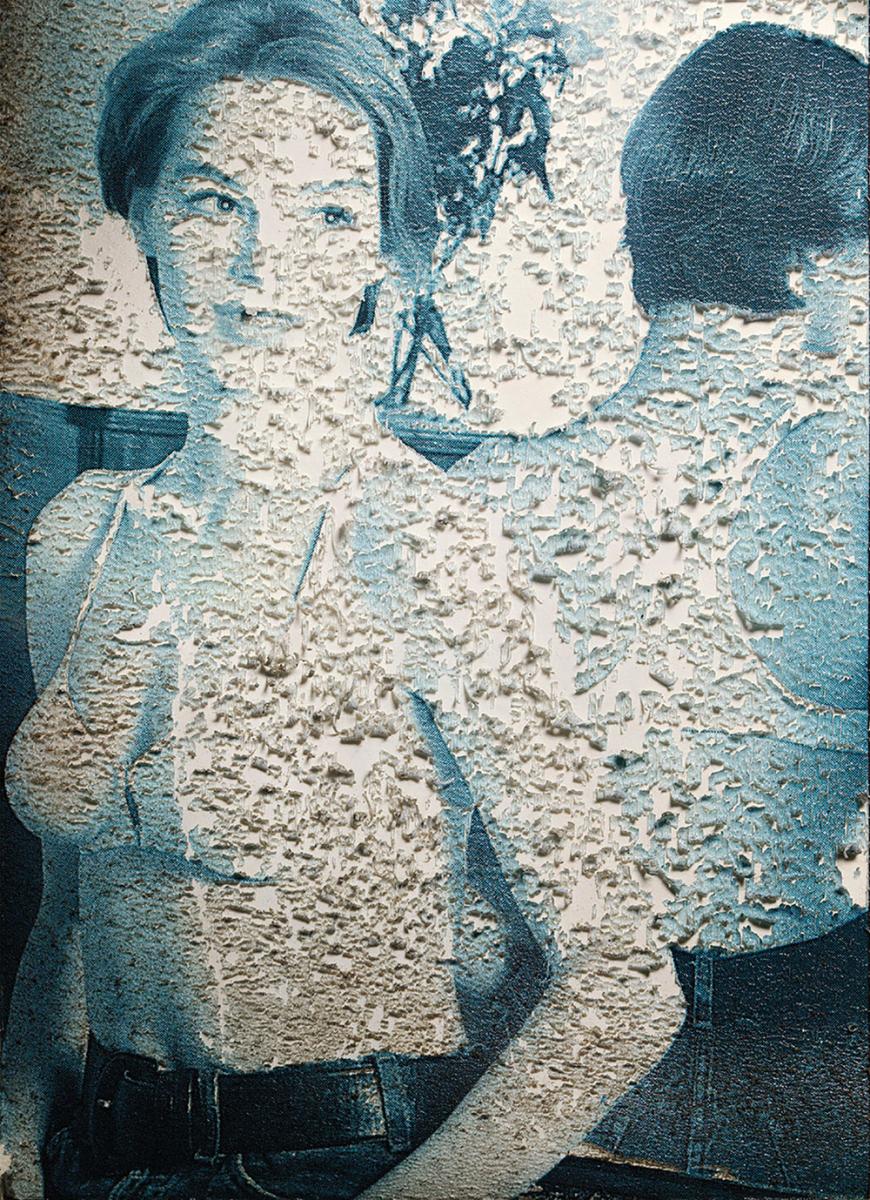
Sebastian Riemer, born Germany 1982, mdl_grl_20hc, from the “Girls” series, 2018, Inkjet print, 206 x 149 cm, Purchase, West Coast Acquisitions Committee of American Friends of the Israel Museum © The artist
Claudia Davidoff, Cambridge, Massachusetts, in memory of Ruth and Leon Davidoff
Hanno D. Mott, New York
The Nash Family Foundation, New York
- May 01
- May 01
- Apr 26May 02May 03May 09May 10May 16May 17May 23May 24May 30May 31
- May 03May 10May 17May 24May 31
- Apr 21Apr 24Apr 28May 05May 08May 12May 15May 19May 22May 26May 29
- Apr 21Apr 28May 05May 12May 19May 26
- Apr 21Apr 24Apr 28May 05May 08May 12May 15May 19May 22May 26May 29
- Apr 22May 06
- May 06May 27
- May 06
- May 06
- May 06Jun 10
- May 08May 15May 15May 22May 29
- May 08May 15May 22May 29
- May 08May 15May 22May 29
- May 08
- Apr 24May 08May 15May 22May 29
